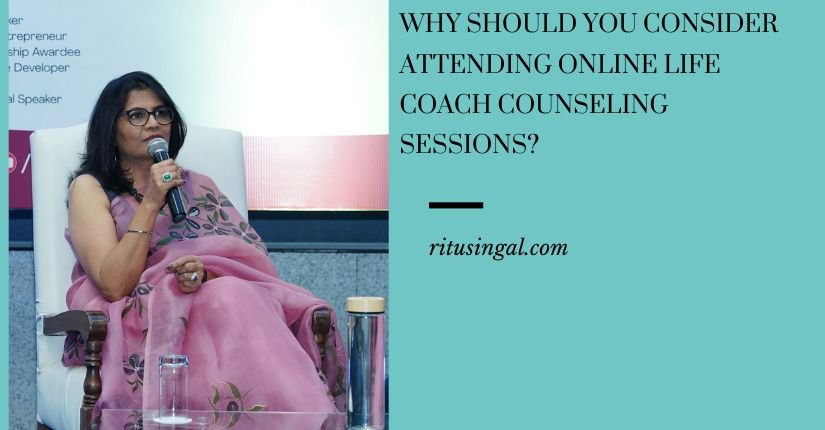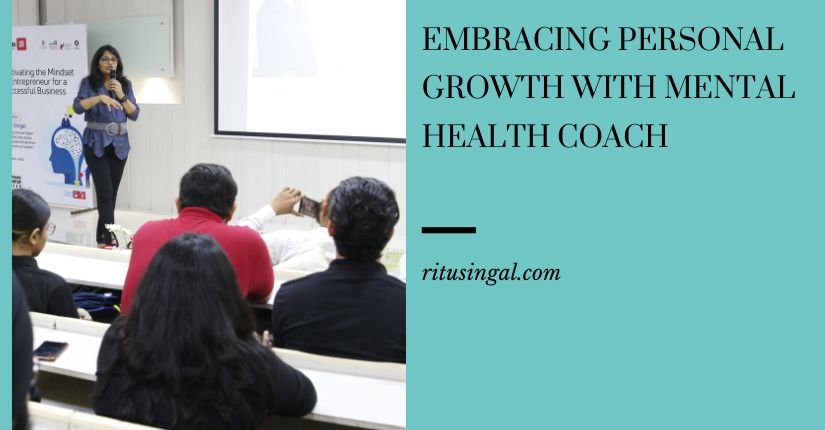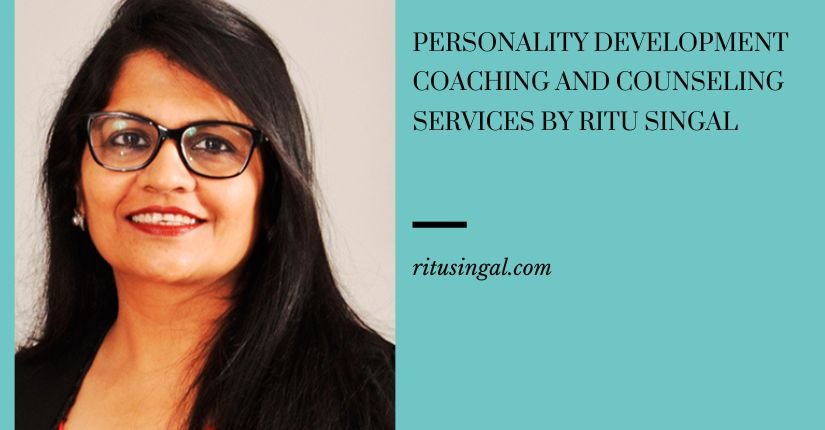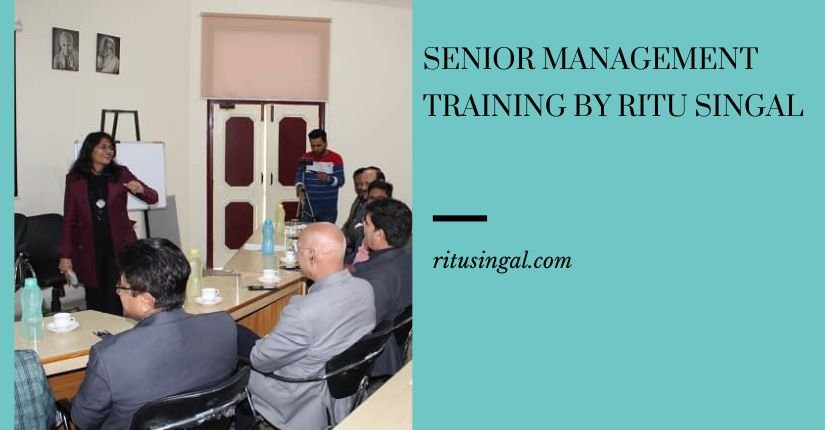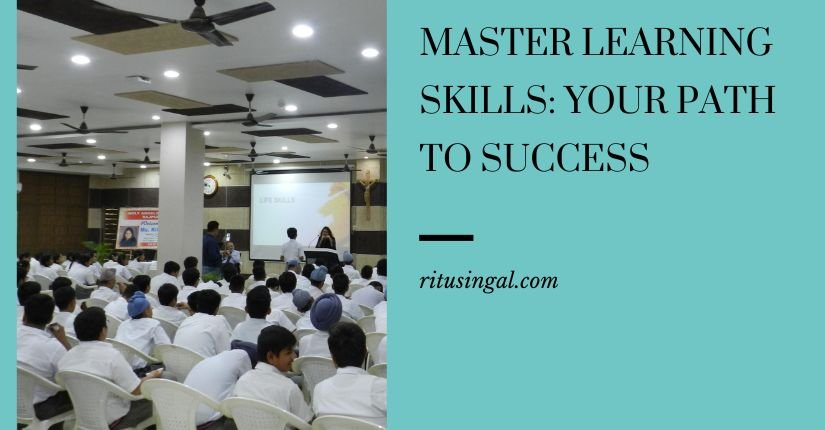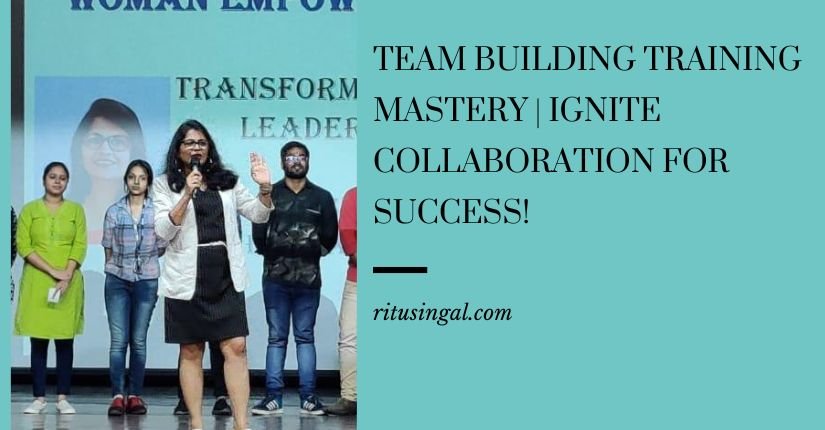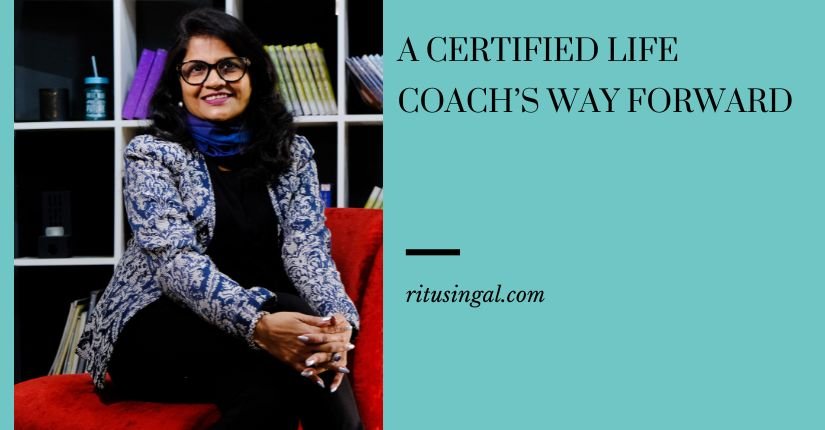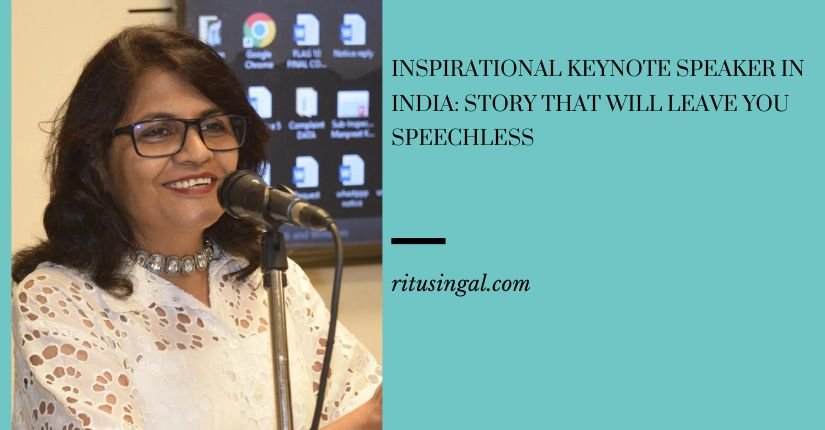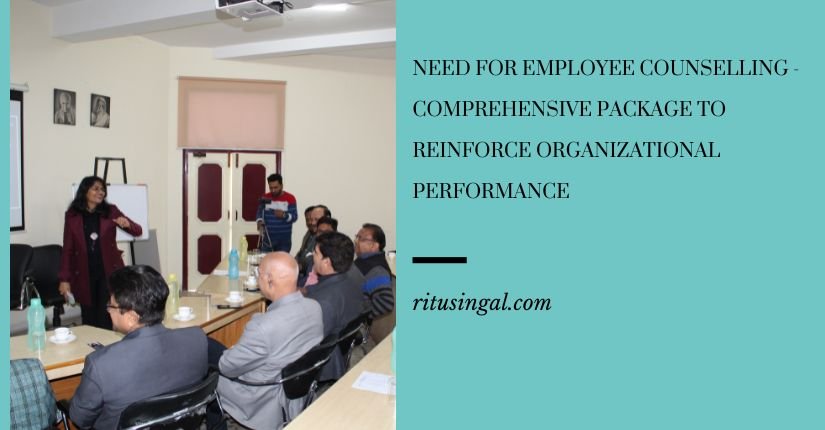Learning is the bedrock of all human existence. And contrary to common view, it doesn’t end with school or college or university. Rather, it is a lifelong process, going on from the cradle to the grave. It is learning only, which makes possible the transfer of knowledge and skills from one generation to the next so that it becomes part of human heritage. The amount of the unbelievable scientific and technological progress made by mankind in the past two decades is far more than the progress made in the past 1500 years.
A skill means an acquired ability to execute an action having well-determined results with a given amount of time or /and energy. Very simply, it is a desirable way of “doing something”. It is different from knowledge as knowledge signifies only a collection of facts and data while a skill defines how to put them to use. For instance, we all know that to make tea, we need water, sugar, tea leaves, milk and a gas burner (or some other heat source). But making a cup of tea isn’t possible with this knowledge even until you know the process i.e. skill. Therefore, all our daily activities i.e. bathing, grooming, eating, driving are skills which we have learnt with practice. A skill may be general or specific e.g. at the workplace, some general skills required would be time management, teamwork, leadership and motivation, whereas specific skills would be useful only in a certain job.
The expression “Learning skills” describes the tasks involved in making the process of learning enjoyable, fruitful and efficient. It includes things like time management, making notes, effective reading and study skills, writing descriptive tests. A learning style shows how you learn and interact with information. Learning skills are well-formed habits that can be used across life at school, college and beyond. And the good thing is, everyone can develop and improve themselves to accomplish daily tasks or achieve career goals. We are not really born with a knack to develop learning capabilities; rather, we have to learn “how to learn”. But unfortunately, the Indian educational institutions, barring some exceptions, lay no emphasis on developing these skills. Most Indian students, for instance, do not know how to study, take notes, revise or write their exam papers to score well.
Develop learning skills
If you really want to make the best of your time, you need to develop learning capabilities for optimum output. You may have seen some students learning more quickly and easily than others. By studying only for 2-3 hours daily, they manage to score even better than others who may spend much more time with books. The reason lies in the way they process the information rather than in any inherent superiority on their part. I often get young school and college students, who complain of getting poor scores despite working really hard. Towards this end, here are my top techniques for better study skills and great exam scores.
The ways to improve learning skills vary with the kind of information processor you are. Each of us is born with a different way of processing information i.e. some of us learn best while reading something aloud, others learn best in an “experiential” way and still, others prefer group study. In the example we quoted earlier, there is a difference in the study technique followed by those two students. To improve learning skills, we need to understand the specific learning styles and the big gap in study time can be plugged only with some really smart ways of learning to improve the outcomes.
As a life coach, I often get queries on improving academic performance but even the best life coach out there can’t help you unless you work to improve your learning style. Here are my top 7 tips to improve your learning skills and help you stand out academically:
-
Studying Right
Let’s admit this stark reality: most of us are not aware of the right ways of studying for exams. We just grab a book, pore over it for hours without making any conscious effort to “interact” with the information we are trying to assimilate. In a way, we become passive information bins, which just receive bits and pieces of information and don’t try to process it further. Herein lies the problem. Please remember, long term human memory (that’s what we us during exams) works best when it is elaborated with the help of newer neural pathways. Fret not, let me make it simpler.
For instance, you meet a stranger named Kapil at the wedding party of your friend. You stay together for a while, share some general talk and then depart. If Kapil stumbles upon you two years after this incident and asks you to recognize him, you may be go totally blank. So embarrassing. But really pretty common, isn’t it?
It’s not that you have a poor memory. Most humans are born with pretty much similar memory. The difference lies in the way we process information. Now, if Kapil begins giving you some clues about that evening like the colour of his dress, the exact location where you spent some time, things start becoming quite easy and after a few minutes, you may begin to have a clear recall of everything that had happened that evening. But you failed to input the connecting links i.e. didn’t try to develop neural pathways, which could have helped you recall that evening. You may have seen people having very vivid memories, those who can recall your name years after meeting you once. They are not necessarily memory whizzes; they are just better at what we discussed above. Much the same thing happens while studying. Most of us don’t actively try to learn, rather we behave as passive recipients, which needs to be changed.
Secondly, we do not pay much attention to organizing what we learn. Ample research tells us that organized information is much more permanent and is easier to recall when needed. One good example of such organizing can be the “chunking” method. This technique is rooted in the fact that all humans have a limited short-term memory span (7 items, give or take 2 i.e. between 5 and 9, with an average of 7 items). Now a fundamental problem is that this memory span can’t be enhanced but we can certainly compress more bits into an item, thereby fitting more information into this limited memory size e.g. the acronym PQRST we used above is a good example of remembering all the steps in better learning skills. Now instead of remembering Preview, Questioning, Reading, Self-0regearsl and Testing (5 items), we have condensed it to just PQRST and have occupied only one memory slot, leaving us with 6 more.
Similarly, if you would like to remember the names of different phyla like Protozoa, Porifera, Arthropoda, Platyhelminthes etc. (9 or 10 of them) etc., simply take out the beginning letters and arrange them as an acronym and you’re done (i.e. PPAP…….Please pehle aap pehle…(interestingly, they did come first on the phylogenetic scale).
An interesting variation on this one, which can help you even more in cases where the information does not need to be remembered sequentially, is to shuffle the beginning letters in the acronym so made and create a sentence containing words beginning with each of the letters. You may have to invent some funny ones here, but I bet you’ll never forget it. You can easily recall such funny sentences using the first letter of each phylum name or make sentences that begin with the first letter of the phylum and then describe some of its aspects.
Consider the example quoted a little later about the triggers for India’s independence.
Domestic unrest (D)
International pressure (I)
Rising nationalist sentiment (R)
Poor morale of the British forces (P)
Erosion of authority (E)
Bad financial situation of the British (B)
By taking out the beginning letters i.e. DIRPEB, we can try to create an interesting sentence out of this acronym e.g.
DIRPEB – Demonstrating Indian Resident People Against External British. OR
DIRPEB – Do it right prove your English background. OR
DIRPEB – Deepa is resting, Pallavi exiting bed. OR
DIRPEB – Directly In Rupees Pay Your Electricity Bill.
Another example of good organizing is to make charts and diagrams, which not only make things clearer but are also much more likely to be retained permanently. There are many more such techniques, you just need to find which ones suit you best of all.
PQRST Method
The PQRST method aims at helping students absorb the textbook information into long-term memory.
Breaking Down the PQRST Method
P- Preview
Having an overall idea of the organization of an entire chapter is vital as it prepares the mind for the impending onslaught of information. Understanding the overall framework offers a valuable idea of what’s about to come.
Start with skimming the chapter, beginning with the introduction part. Go through the headlines and titles, section and sub-section names, examine the data and figures, and review the chapter-end summary.
Q- Questioning
After the preview, consider the purpose of the chapter. What am I supposed to learn? For instance, you are studying a chapter concerning the reasons behind India’s independence. And you have a whole chapter talking about 10-12 major factors like
Poor morale of the British forces
Bad financial situation of the British
Erosion of authority
International pressure etc. etc.
Remember, the more you prime your brain for the topic, the more accessible the material will be to you. Create as many questions as you can around these points and when you go through the stuff, try to find answers to them. This is an elaboration at work for you.
Reading
It may not sound commonsensical to make the reading part the third step in this process. However, the two preceding steps are integral to maximizing your performance. Read slowly to absorb the meaning and connect the new material with other ideas. You can underline and highlight, but use some restraint and do not take notes right now as of now, you are unaware of the relative importance of different ideas in the chapter. Instead, read an entire section and then refer back to the questions you had thought of in the previous step.
Summarizing
Once you complete a section, stop to reflect on its major ideas. Try to repeat what you learned aloud to yourself as recitation (maybe by heart even) aids retention. Now you can summarize and make notes and it can include answering your questions, making a list of key ideas and simplifying the main points in your own words. If something is not clear or you are unable to recall key concepts, return to the relevant part.
Testing
Now is the time to know what you’ve really learned. Self-testing may involve using questions, writing summaries and testing yourself with a quiz.
The PQRST method is applicable to a bulk of academic reading materials. The “Preview” and “Testing” sections apply to the entire chapter, while the rest are to be used with each section. The PQRST method can help you keep active and engaged through the study process and give you a more pleasant and rewarding study experience.
-
Making a Study Plan and Being Organized
A well-organized study plan helps you become clear with what you need and when you need it. Make a rough study timetable and stick to it. A study timetable reminds you of what to learn when to keep you organized and productive. It also puts your mind at rest and eliminates that nasty feeling of uneasiness when you walk into an exam hall.
There are no hard and fast rules about the best time for studies. Some people do best in the morning, others love the nights. Just find your own best time and you are good to go!
Your brain can get tired if you overwork it and once it is tired, you really can’t focus. Of course, every study session should be split into chunks of 1 hour each so as to maximize your efficiency. So it’s important to limit your concentration span and have some rest. Take a very short break for 5 minutes, take a walk, look at nature, have a tea or just listen to a song. It gives the brain a good chance to restore your learning.
The best way to establish a study schedule is to try and see what works best for you, and then change it for maximum learning efficiency.
-
Highlighting Key Points
Highlighting something means you are engaging with certain key ideas. Highlighting the most significant parts of your text helps you summarize the whole chapter so that while revising a chapter, you just need to scroll down the underlined sentences to get an overall gist.
-
Having Study Buddies
To break the monotony of sitting alone, have some motivated study partners with who you can work. Group study can help you keep engaged and results in better information processing. If you are not clear with some concept, you can discuss it with your friends. Actively engaging with someone else not only helps you learn but also makes it enjoyable. You may also choose a topic and teach your friend as sometimes, the best way to learn something is to teach it (even if you haven’t mastered it).
-
Recalling Learning and Testing Yourself
Never ever forget to recall what you learnt. This is quite important for your to sort out the information fed into it. This is the time to realize what topics are there in your mind and what others have swept off it. Thus, at the end of the rest, the information will be much clearer than it was, to begin with.
Periodic testing helps you not only get an idea of your performance but also gives you a booster dose of confidence to face the exams. So have oral quizzes, written tests and the like to always keep assessing yourself. A good score is a pat on the back while a bad one is a spur for more hard work. Either way, you’ll emerge a winner.
-
Trying out new technologies
Nowadays, you have many more options for personalizing your study than jotting things down with a pen. Though the good old handwritten method has its own place in the scheme of things but you can also try out the online learning tools like social media, blogs, videos or mobile apps, thereby making the learning process more user-friendly and enjoyable.






















